
The Mandarin Oriental is in the beating banking heart in the old town of Zurich
Zurich has seen the transformation of one of its oldest hotels into a gem in the historic heart of the city
For those unacquainted with Switzerland’s largest city, a visit to Zurich always comes as a positive surprise. You may expect banks and pharmaceutical company HQs in a clinical row; instead you get a bijou medieval old town on the banks of a river filled with swans and storks, a dramatic lakeside waterfront with a view of the Alps, and plenty of olde-Europe atmosphere.
The spiritual centre of the town is the Paradeplatz, the point, a few hundred metres from the lake, where the chic Bahnhofstrasse luxury shopping street meets the edge of the old town, amid some serious-looking private banks housed in historic buildings and trams coming and going (cars are banned from this part of town). And now, for the first time in decades, the Paradeplatz has a hotel to match its stature as the world’s centre of discreet wealth management.
Follow LUX on Instagram: luxthemagazine
The Savoy has been on the Paradeplatz for generations; it was one of Switzerland’s original luxury hotels, but until recently had slipped off the pinnacle of hotelerie and was a rather uninspiring and old-fashioned five star hostelry. Now, following a magic wand by the Mandarin Oriental Hotel Group, it is the talk of the town.
The LUX lodgings certainly deserved to be making waves. After walking in and being recognised by the staff without saying our name (always impressive, even if pretty easy with a quick online search), we were whisked upstairs to a corner suite, beautifully and elaborately decorated, with a view over the little square and the streets around. Decor was fresh, light and airy, with thick light taupe carpets and some beautiful marquetry.

Guest can enjoy their morning coffee on their balcony overlooking the famous Paradeplatz
Read more: Visiting Ferrari Trento: The sparkling wine of Formula 1
One of the fascinating questions about the hotel was: how do you meld old Switzerland (the Savoy) with Mandarin Oriental, a luxury brand with its roots in East Asia? While there were hints and accents of contemporary Hong Kong in the design cues, this was, pleasingly, not an attempt to insert one culture inside the other.
Dinner the first night was at the Savoy Brasserie & Bar, blending just a hint of Swiss formality (white coats for the wait staff) with an ease of spirit and sense of life. Oysters were a feature here – to go with an art deco theme – and we particularly enjoyed a main of monkfish escabeche, with bell pepper and crispy rice chips.

Guests can have drinks and light bites in the Mandarin lounge
The culinary highlight was the next evening; Orsini is technically in the adjacent Orsini building from the 14th century,, but to reach it you stroll around the side of the building, with a historic church reminding you of where you are, and into a narrow entrance opening out into a bijou dining room. Our fellow diners included two highly wealthy finance people of international origin, quietly celebrating a deal, a couple celebrating an anniversary, and another finance person quietly making his next billion on his iPad.
The cuisine was as rarefied as the atmosphere. Artichoke with “cacio e Pepe” milk, grapefruit and Mazara red prawn tartare; potato gnocchi with grilled eel, “Giulio Ferrari” Spumante sauce (that’s a top Italian sparkling wine), fava beans and caviar; both were outstanding in their subtlety. Bravo to Mandarin Oriental for running two such brilliant but contrasting restaurants under the same roof
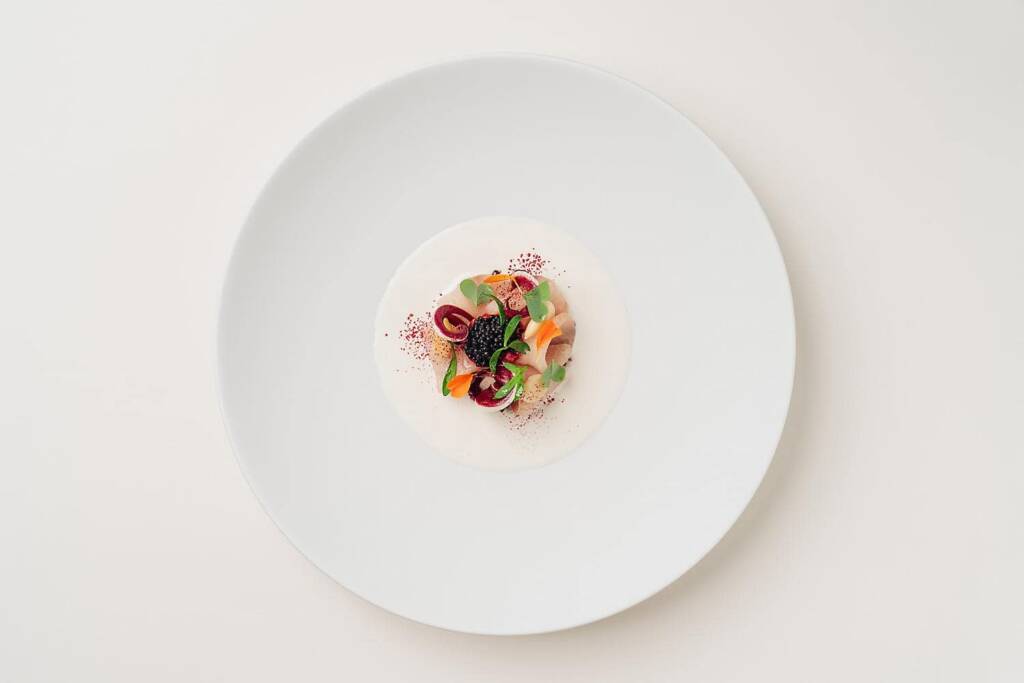
There are two superb dining options in the hotel: The casual Savoy Brasserie & Bar and the intimatefine dining restaurant Orsini
Those would have been the hotel’s public space pieces de resistance, but while LUX was staying there, the MO opened its rooftop bar. And we learned something quite spectacular about Zurich rooftops. Even if the building is not very high – the MO is just one storey higher than its neighbours – they can make for astonishing views, because as soon as you rise above the buildings around you, you are greeted not just by a view of the city’s churches and other landmarks, but the sweep of the Alps and lake on one side, and dramatic forested hills on the other. A few floors and you are in another world. So the MO is not just the most chi-chi spot in town, but one of the vibeiest also.
This is a boutique MO, not a grand one, but the company has over the years shown it can do old-world boutique (Munich) just as well as it does new and palatial (New York), the sign of a hotel brand immensely comfortable in its own skin and flexible enough not just to move with the times and spaces it operates in, but lead with them.
UPDATE: We visited the 1838 rooftop bar on an early summer evening. There are dramatic views all the way around the city, across its spires and roofs to the surrounding hills and forests, and to one side, the lake and the Alps.
1838 is a funky bar restaurant of the highest echelon. House champagne, served out of magnum, was Ruinart Blanc de Blancs. As you would expect of MO, there is also an array of cocktails, with the signature Tang Tang Boom (tequila, lemongrass, lime and bergamot) very tempting on a sunny evening. The cuisine is beyond what you might expect: black cod and Peruvian hamachi ceviche salad perfectly matched the Blanc de Blancs (and the Ruinart Rosé, also served by the glass.
If you’re not staying at the hotel, you need to reserve – this is the hotspot in the city, with good reason; and even if you are staying, we recommend calling up to secure the nicest table with the best view – although they are all pretty spectacular.
www.mandarinoriental.com/de/zurich/savoy/





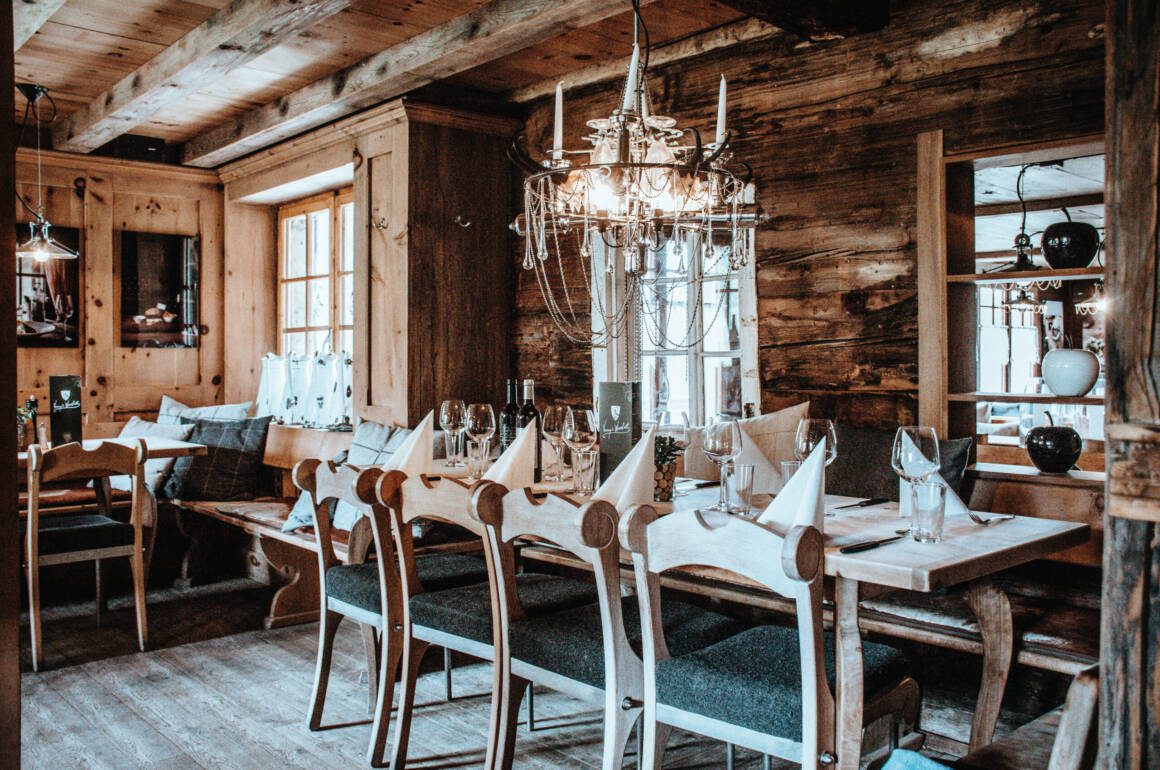









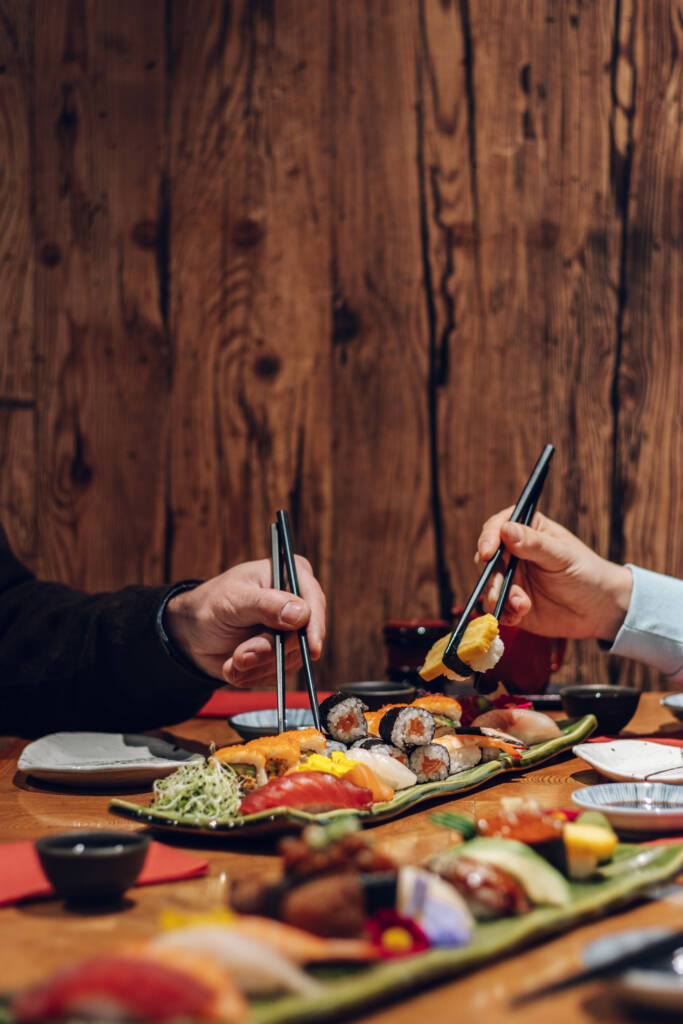
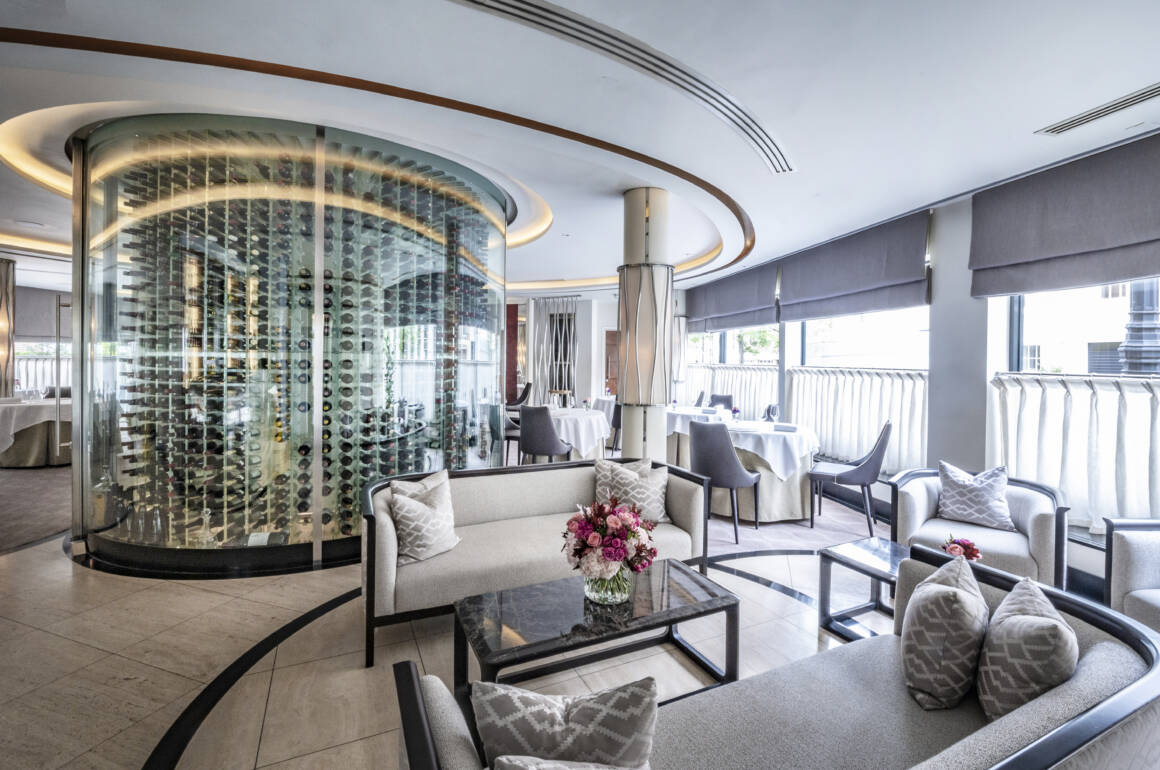













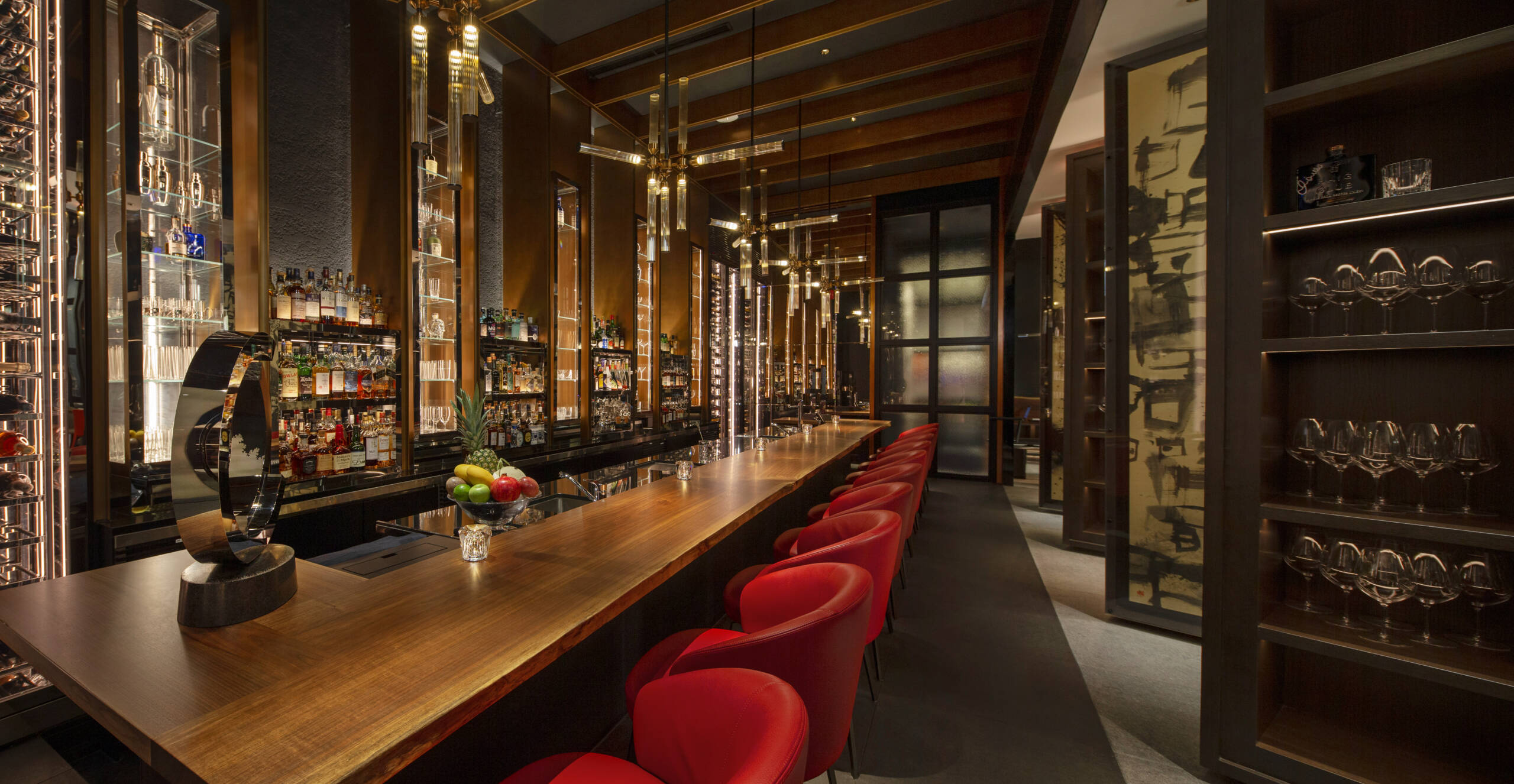
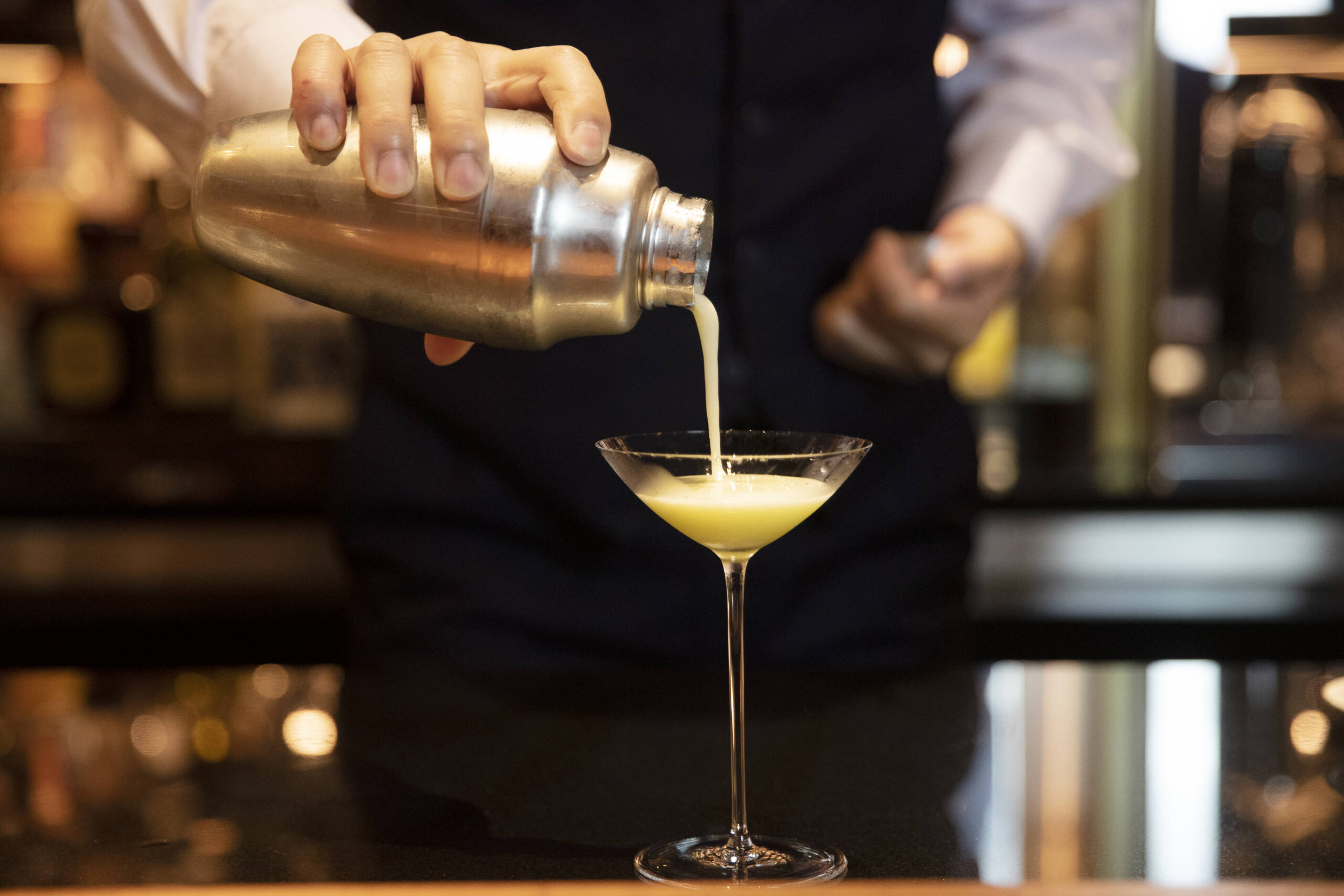





Recent Comments